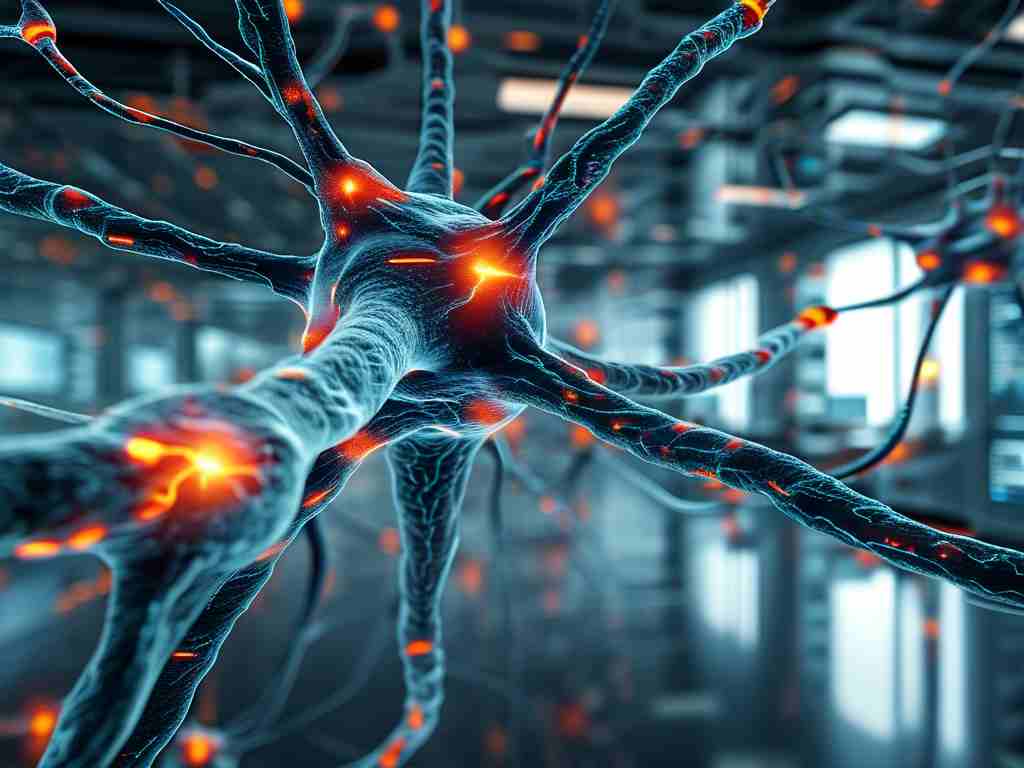In the rapidly evolving landscape of artificial intelligence, the integration of MLOps with neural networks represents a pivotal advancement for organizations seeking scalable and reliable AI solutions. MLOps, short for Machine Learning Operations, focuses on streamlining the deployment, monitoring, and maintenance of machine learning models. Neural networks, as the backbone of deep learning, enable complex pattern recognition in tasks like image classification and natural language processing. Combining these two domains addresses critical challenges in AI development, such as model drift and operational inefficiencies, by ensuring that neural networks transition smoothly from research to real-world applications. This synergy not only accelerates innovation but also enhances model reliability across industries like healthcare, finance, and autonomous driving.

The lifecycle of a neural network under MLOps begins with robust data management. High-quality, curated datasets are essential for training accurate models, and MLOps practices automate data versioning and preprocessing to minimize errors. For instance, using tools like TensorFlow Extended (TFX), teams can implement pipelines that handle data ingestion and transformation efficiently. This step prevents common pitfalls like overfitting and ensures reproducibility. Moving to model training, MLOps integrates continuous integration and continuous deployment (CI/CD) principles, allowing for automated testing and version control. Neural networks, with their intricate architectures, benefit from this by enabling rapid iterations. A simple code snippet in Python using TensorFlow demonstrates how to set up a training pipeline:
import tensorflow as tf
from tfx import components
# Define a neural network model
model = tf.keras.Sequential([
tf.keras.layers.Dense(128, activation='relu'),
tf.keras.layers.Dense(10, activation='softmax')
])
# Set up MLOps pipeline with TFX
pipeline = components.Pipeline(
components=[
components.ExampleGen(input_base='path/to/data'),
components.Transform(preprocessing_fn=preprocess_fn),
components.Trainer(model=model, train_args=train_args),
components.Evaluator()
]
)
pipeline.run()
This code automates data loading, preprocessing, training, and evaluation, reducing manual intervention and speeding up development cycles.
Deployment is where MLOps truly shines for neural networks. Traditional methods often lead to bottlenecks, but MLOps facilitates seamless model serving using platforms like Kubernetes or cloud services such as AWS SageMaker. By containerizing models, teams ensure consistency across environments, from development to production. Real-time monitoring is another key aspect; MLOps tools like Prometheus or MLflow track performance metrics, detect anomalies, and trigger retraining when accuracy drops. For neural networks, which can degrade due to changing data distributions, this proactive approach maintains high accuracy and user trust. Scalability is also enhanced, as MLOps enables elastic resource allocation, handling spikes in demand without downtime.
However, challenges persist, such as ensuring model interpretability and ethical compliance. Neural networks are often "black boxes," and MLOps frameworks incorporate techniques like SHAP values to provide transparency. Additionally, security measures are integrated to protect sensitive data during deployment. The benefits are substantial: companies report up to 50% faster time-to-market and 30% cost savings by adopting this integration. Looking ahead, trends like federated learning and edge computing will further refine MLOps for neural networks, making AI more accessible and sustainable. In , the fusion of MLOps and neural networks is not just a technical evolution—it's a strategic imperative for building resilient, high-performing AI systems that drive business value in today's digital economy.









